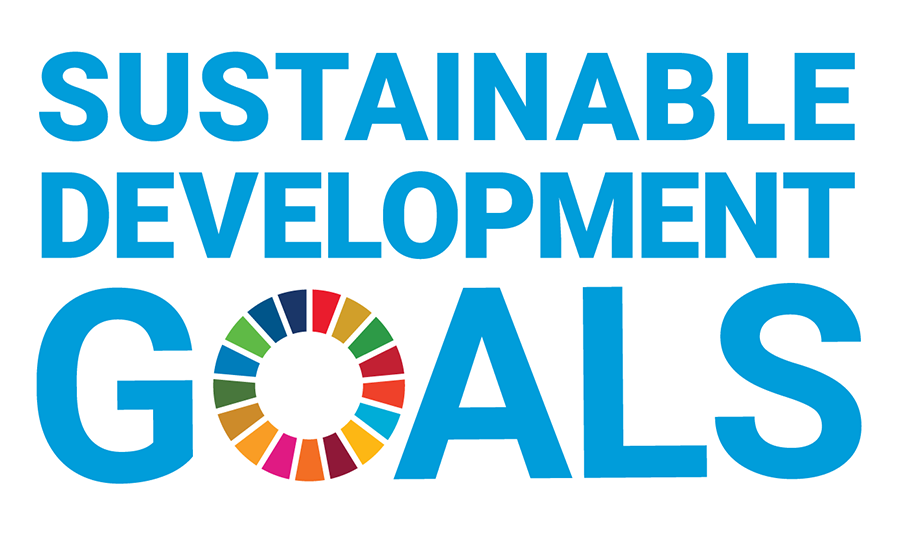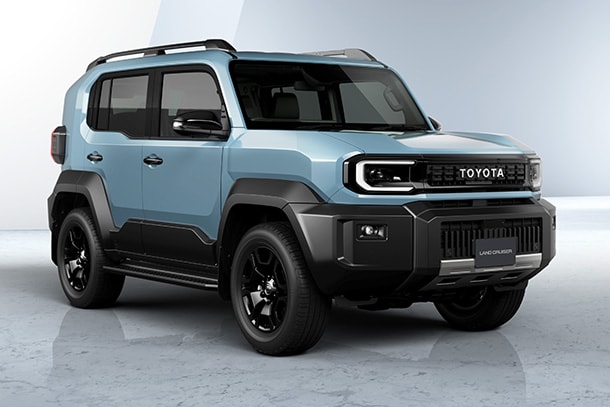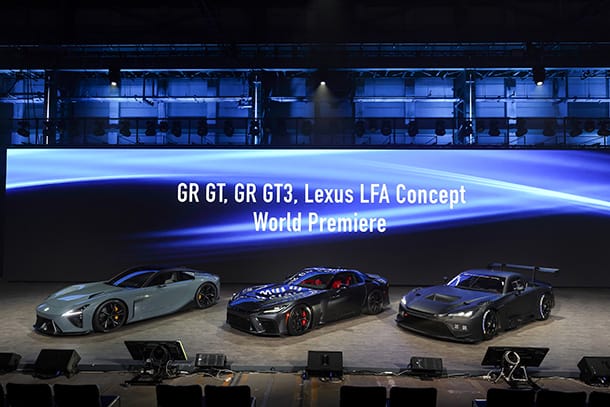Sep. 19, 2023
Basic tenets of Toyota's Monozukuri (Founder's philosophy / High level of skills and technologies)
Table of contents
"For the benefit of others"―Realizing this philosophy by "utilizing the Toyota Production System as the foundation for front line capabilities"
- The origins of Toyota's Monozukuri and TPS can be traced back to Kiichiro Toyoda, the founder of Toyota Motor Corporation, and even further back to Sakichi Toyoda, the founder of the Toyota Group. Sakichi developed the hand loom as a way to "help my mother, who worked hard every night weaving, and wondered if there was a way to alleviate her work a little." This later led to the development of the G-type automatic loom, the foundation of the Toyota Group.
- Established by Sakichi's son, Kiichiro, the Toyoda Automatic Loom Works' Automotive Department (now Toyota Motor Corporation) was only a small company when it was founded. With insufficient materials and funds, the company adopted two approaches to manufacturing, automation and just-in-time, which created the foundation for what would later be known as the Toyota Production System (TPS), a human-centered manufacturing approach that facilitates work and maximizes the use of human resources.
- That willingness to do things "for the benefit of someone other than yourself" and the TPS-based "human-centered" approach to manufacturing have been passed down to the people working at Toyota in the present time.
Start Up Studio (Teiho Plant)
- Since its foundation, Toyota has encouraged people who share the same passion to gather on the shop floor to share their wisdom and ingenuity, and through their advanced skills, create and mass-produce new products.
- In 2021, a new "Start Up Studio" was established at the Teiho plant.
- To respond quickly to the growing needs for new manufacturing processes in preparation for a full model change to a mobility company, Toyota set up a lounge at the plant where team members can meet and openly exchange ideas and opinions. Immediately adjacent to the lounge is a so-called "Monozukuri Studio," a place where ideas can be quickly materialized, including prototype development, and where mass production technology development may also be undertaken. An example of the type of work being introduced there is a handmade prototype of a hybrid motor.
- We also have an activity called "Takumi Kobo" where we evolve the sheet metal skills of our master craftsmen to create attractive products. Takumi and junior artisans work together to make creations by challenging themselves to the limits of their materials from the absence of blueprints. In this way, they pass on the skills they have developed. This approach is utilized in the development of new products and people.
The skill of Takumi (master crafting), a founding principle of Monozukuri (Myochi Plant)
- Toyota employs many highly skilled manufacturing professionals called Takumi. The professional Takumi show the true value of their skills in delicate work and high-quality product finishing at a level that robots cannot yet achieve.
- In this case, as an example, Toyota revealed the craftsmanship required to meet the strict performance requirements for winning races. The extremely complex internal structures of ultra-high-performance engine components used in motorsports are molded using core cages, and are realized by the fine-tuning of every single gram using artisanal molding techniques. The ultra-high-performance engines realized by our aluminum casting technology are forged in the field of racing, and the knowledge gained from this process is later reflected in mass-produced vehicles. Toyota's concept of creating ever-better cars through motorsports is closely linked to the skills of our craftsmen.
Takumi decorative techniques enhance the individuality of cars (Motomachi Plant)
The skills of our Takumi engineers and the evolution of processing technology have made it possible to realize highly unique designs that were previously considered too difficult. While we aim to deliver high-quality, mass-produced cars, we also hope to offer cars that are uniquely matched to the tastes of each individual customer. We would like to introduce some examples of our efforts.
High-gloss, "Piano Black" style bumper using paintless technology
- By polishing the mold uniformly with Takumi skills to a perfect mirror finish without a single scratch, it is possible to mass-produce high-gloss "Piano Black" style bumpers in the original material color without the need for painting. Bumpers created with this paintless technology will be used in actual vehicles, starting with the Crown Sport.
- Eliminating the need for painting will also reduce CO2 emissions from painting operations, contributing to a carbon-neutral plant. In addition, this process improves scratch repairability, as some scratches can be removed by simply wiping them away.
Incremental molding technology*1 for plastic bumpers
The world's first application of incremental molding technology, which applies the skills of master craftsmen to hand-formed sheet metal and plastic bumpers. By performing additional processing on the bumper, we have achieved a seamless design and a canard-integrated*2 bumper with improved aerodynamic performance. In the future, we intend to use this technology to provide customers with further expansion of design and function.
| *1 |
|
|---|---|
| *2 |
|
Laser Processing Technology for shaping sharp character lines
Car bodies have lines known as "character lines" implemented to enhance the appeal of their design, generally created by press forming. However, depending on the shape and part, it may be difficult to create sharp lines by press forming. To solve this problem, we have developed a technology to form sharp character lines by additional laser processing after press forming. By utilizing our accumulated laser processing technologies, we fine-tune the output of the laser to achieve character lines with attention to detail in the way the lines pass and disappear, contributing to the creation of cars with a high level of design quality.
Master sheet metal workers show their high level of skill with an elaborate hammered pattern
Utilizing the sheet metal skills with hammers that we have continued to inherit through the creation of prototype vehicles, we will begin offering one-of-a-kind handmade scuff plates as accessories for the new Century model to be unveiled on September 6. The plates are made by hammering thousands of points on a thin stainless steel plate without distorting it and with an awareness of the elongation of the material to create a wood pattern known as "quarter grain."
"Achieving zero, and adding new value beyond it"
As part of efforts to pass our beautiful "Home Planet" to the next generation, Toyota has identified and is helping to solve issues faced by individuals and overall society, which Toyota calls "Achieving Zero," hoping to help reduce the negative impacts caused by these issues to people and the environment to zero. Additionally, Toyota is also looking "Beyond Zero" to create and provide greater value by continuing to diligently seek ways to improve lives and society for the future.
- About Beyond Zero
- https://global.toyota/en/mobility/beyond-zero/
Toyota Motor Corporation works to develop and manufacture innovative, safe and high-quality products and services that create happiness by providing mobility for all. We believe that true achievement comes from supporting our customers, partners, employees, and the communities in which we operate. Since our founding over 80 years ago in 1937, we have applied our Guiding Principles in pursuit of a safer, greener and more inclusive society. Today, as we transform into a mobility company developing connected, automated, shared and electrified technologies, we also remain true to our Guiding Principles and many of the United Nations' Sustainable Development Goals to help realize an ever-better world, where everyone is free to move.
- SDGs Initiatives
- https://global.toyota/en/sustainability/sdgs/


















